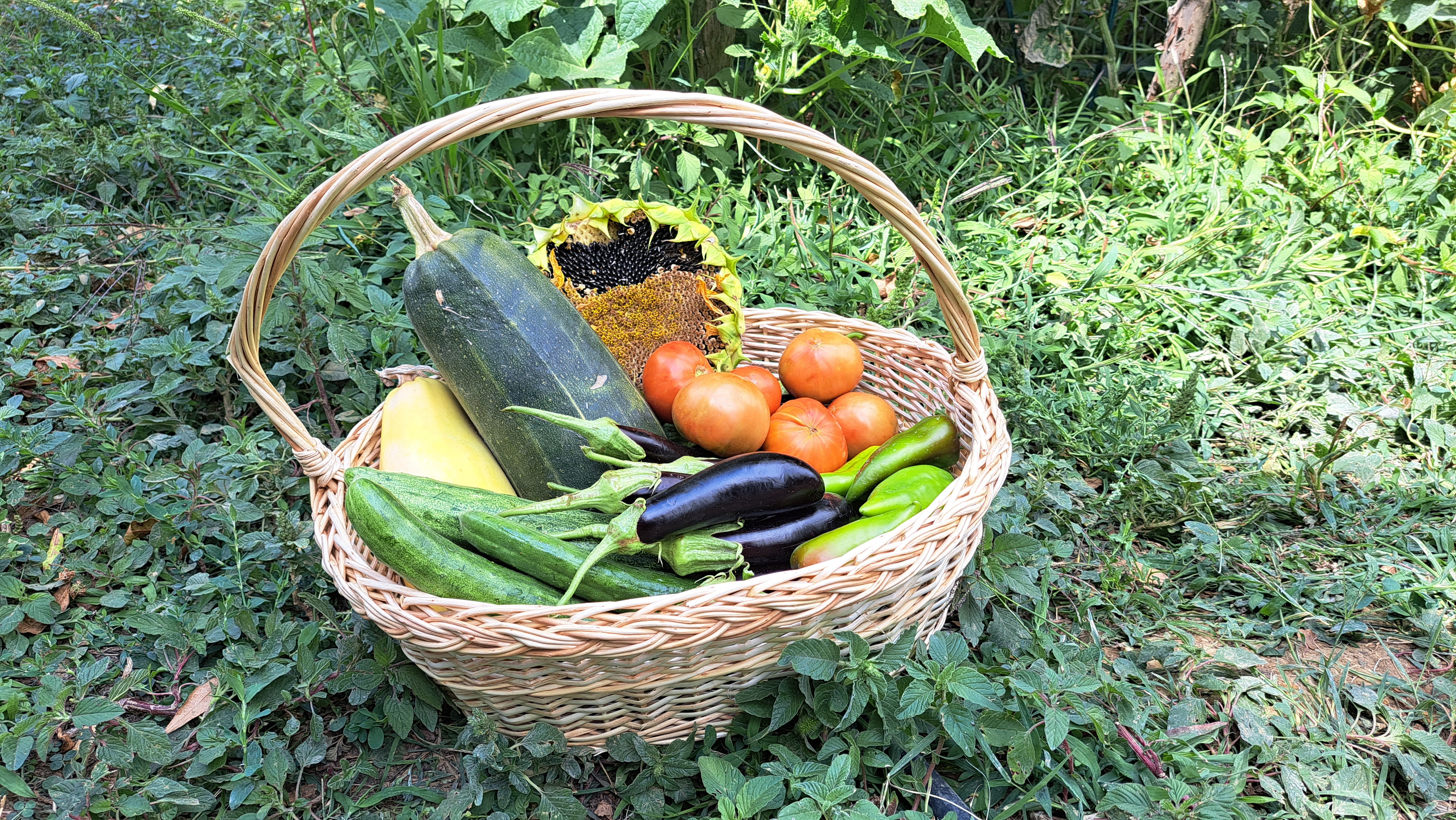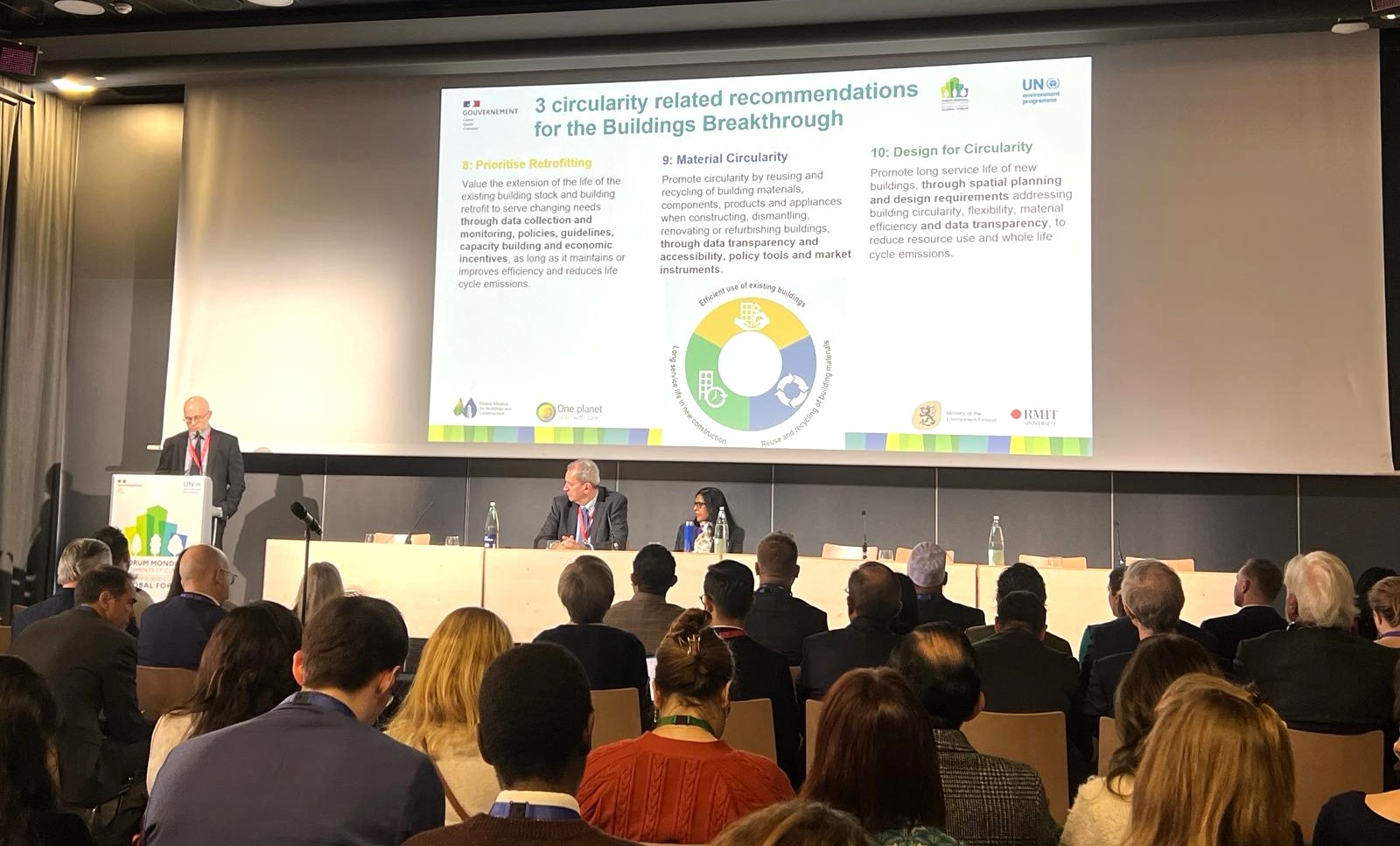A Nordic strategy for collection, sorting, reuse and recycling of textiles
Useful for policymakers, and organisations along the full value chain of post-consumer textiles.
Key considerations that should be taken when developing a circular textile strategy. Plus an overview of cutting edge recycling technologies, collection and sorting systems and the global markets for used textiles.
There is a need to improve circularity in clothing and textiles in all OECD countries. Extending the active lifetime of products and the materials they contain can reduce purchases of new products and virgin materials and give singificant environmental benefits. Far too much of our clothing is landfilled or incinerated while it still has value.
The specific objective was to develop a strategy for improved management of used textiles in order to increase reuse and recycling and reduce environmental impacts caused by textile
consumption. The focus was the Nordic region but the proposed strategy and policy recommendations are of equal relevance to policymakers in other OECD countries. We:
- mapped used textile flows in the Nordic region (updated Tojo et al, 2012) and investigated local, regional and global markets for collection, sorting, reuse and recycling and waste management
- investigated legal and economic conditions for operators
- gathered an overview of operational and pilot or future collection systems in Europe
- gathered info on available and future technologies for textile waste (manual and automated) sorting and recycling.
- developed a proposal for a Nordic Strategy for increasing collection, reuse and recycling of used textiles The project presents some useful findings:
For stakeholders in the value chain of used textiles - an overview of European and global markets for used textiles, a description of 19 different collection and sorting systems in use or in pilot phase plus a deep dive into state of the art semi-automatic and automatic sorting and recycling technologies (Report 1)
For policymakers - development and comparison of 4 scenarios for future handling of used textiles and 14 policy recommendations that together can lead the transition to the most ambitious scenario (Report 2 and Policy Brief)
The project results have placed policies for improving textile collection, sorting, reuse and recycling on the political agenda. The reports and Policy Brief have been downloaded over 10 000 times and are providing inspiration for governments in the Nordic region and elsewhere.


